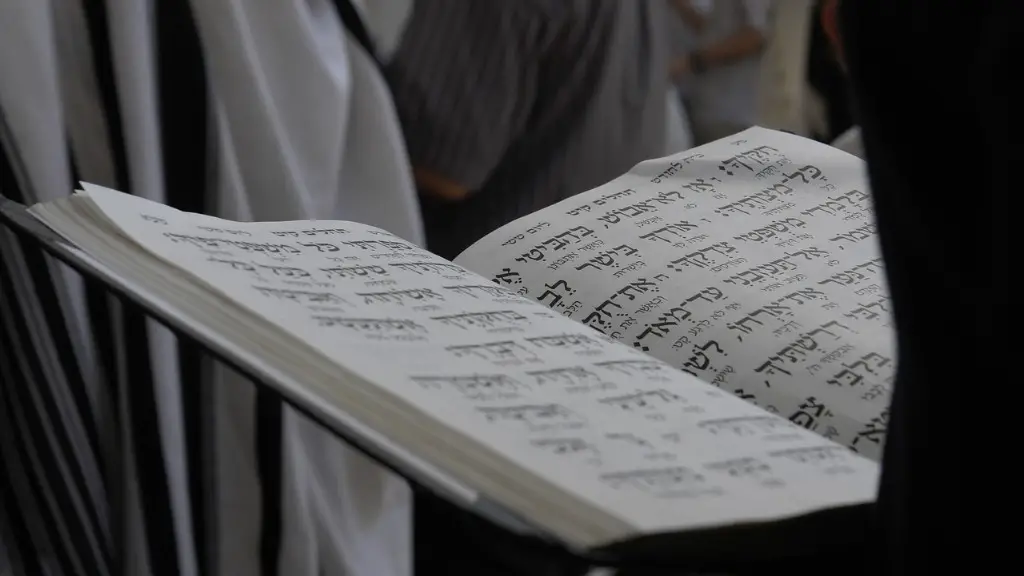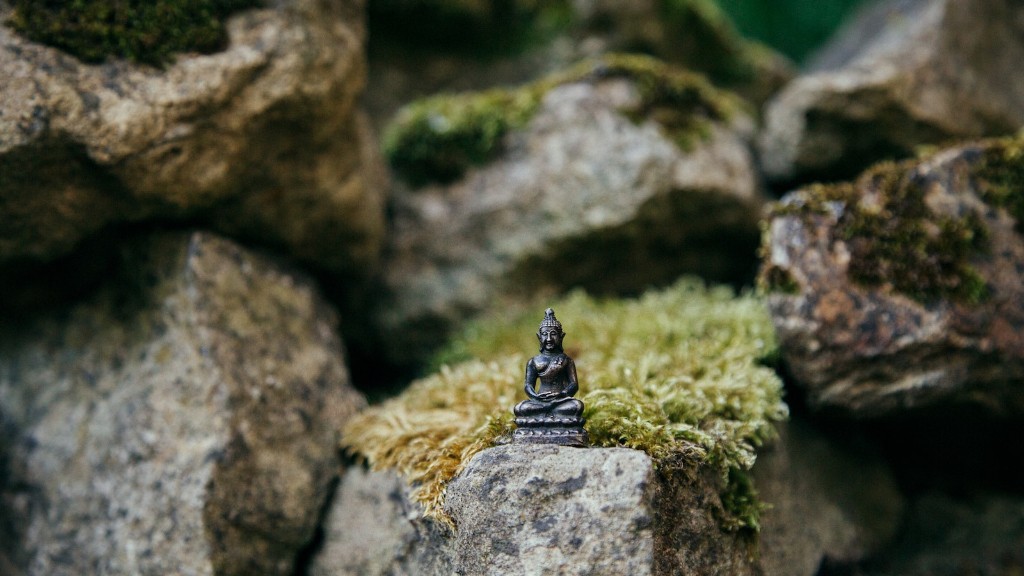The term yantra is often used as a synonym for mantra in Hinduism – however, this is incorrect. While mantras are powerful sets of words, a yantra is a geometric diagram that can be used to help focus on a deity or cosmic principle. Yantras are believed to hold a tremendous amount of power and represent a gateway to other worlds.
Yantras used in Hinduism typically consist of a central geometric shape with smaller shapes around it. At the center of some yantras is a bindu, or single point that represents a divinity or cosmic principle. Yantras can be incredibly complex, often with multiple layers made up of a variety of shapes and symbols. Signs and symbols are incorporated in the various layers of a yantra, and may represent a particular deity or cosmic energy. They are a visual representation of a mantra, and can be used for meditation.
The idea of yantra has roots as far back as the Indus Valley Civilization, and yantras are mentioned in ancient Hindu scriptures such as the Upanishads and Bhagavad Gita. Yantras were historically used as ritual objects. Typically, they were carved on metal, wood or stone, or painted on cloth or paper. In modern times, they are most often printed or drawn on paper or digitally created.
Yantras are closely associated with mantras and both are used to invoke deities or cosmic principles. Mantras are sound vibrations, while yantras are visual symbols associated with those vibrations. Yantras are believed to have a spiritual presence and are respected for their potency.
Yantras can be used for a variety of purposes. One of the primary uses is for meditation, where the visual imagery of a yantra can be used to help focus energy and intention on a particular deity. Some devotees use a yantra to represent a deity, or an aspect of the deity when doing meditation and visualization. People also use yantras for protection from evil forces, or to create positive energy in a home or temple.
Yantras can be used by both individuals and priests. The priest may use a yantra in a ritual context such as a puja, or a prayer ceremony. The individual may use a yantra as part of their daily personal spiritual practice.
Types of Yantra
There are many different types of yantras. The most common are Sri Yantra, Lakshmi Yantra, Ganesh Yantra, and Maha Meru. The Sri Yantra is a nine-pointed symbol and is often used for spiritual and material manifestation. The Lakshmi Yantra is used for financial gain and worldly pleasures, while the Ganesh Yantra is used for success in endeavors and removal of obstacles. The Maha Meru Yantra is a very powerful yantra and is used for spiritual attainment.
Yantras can also be categorized based on the type of deity they represent. Each Hindu deity has its own yantra, each representing different aspects of that particular divinity. For example, the Ganesha Yantra is used to appeal to Ganesha or Lord Shiva, while the Saraswati Yantra is used to invoke Saraswati, the goddess of wisdom.
Yantras also exist for many of the other Hindu gods and goddesses. Yantras are believed to contain the power of the deity, and can help bring the grace and protection of the deity to the person who is using it.
How to Use a Yantra
Yantras should be treated with respect, as they are believed to be powerful objects. They should be placed in a clean and sacred space and given offerings, such as flowers, incense, and water. A mantra can also be recited when using a yantra.
When using a yantra for meditation, it is important to focus on the sacred geometry of the yantra and its connection to the divinity it represents. Many people focus their gaze on the central point of the yantra, the bindu. Others visualise the energy of the deity radiating from the yantra. It is important to keep an open and relaxed mind for successful meditation.
When using a yantra for protection, it is important to visualise a shield of protection radiating from the yantra. Another technique is to visualise the yantra radiating light in all directions, purifying and warding off any negative energies.
Benefits of Yantra
The use of a yantra can be beneficial in many ways. Yantras are believed to help people connect with the divine, invoke the grace and protection of a deity, and manifest material and spiritual goals. Yantras also have a calming effect on the mind, helping to reduce stress and anxiety.
Yantras can be used by individuals for personal fulfilment, or in a puja ritual to invoke an aspect of the divine. Yantras are also commonly used in temples and shrines around India, and devotees make offerings to the yantra as part of their daily worship.
Yantras can be used in many different ways, depending on the type of yantra and the intention of the practitioner. While there is no one-size-fits-all approach to using a yantra, it is important to show respect for the power of the yantra itself.
History of Yantra
Yantras have a long and rich history in Hinduism, with references to yantras in ancient scriptures such as the Upanishads and the Bhagavad Gita. While the exact origin of yantras is unknown, it is believed that yantras originated during the Indus Valley Civilization.
Yantras have been used in many different contexts throughout Hinduism’s history. In ancient times, they were used in ritual contexts, while in modern times they are used more as a tool for individual meditation. Yantras have been used as a form of meditation, prayer and ritual practice throughout Hinduism’s history.
Yantras are still used extensively in modern Hinduism. They are used in temples and shrines as visual representations of deities, and are commonly found as decorations in households in India. Yantras are also commonly used in yoga and meditation practices, where they can help to focus and channel energy.
Popularity of Yantra amongst Today’s Generation
Yantras have become increasingly popular amongst the younger generations in recent years. The rise of social media and digital marketing has led to the use of yantras as digital art pieces, which have proven popular amongst graphic designers, spiritual practitioners, and even mainstream pop culture. There has also been an increase in the use of yantras as tattoos, jewelry, and apparel.
The increased accessibility of yantras, through both online and offline channels, has led to an increased awareness and understanding of this powerful practice. Yantras are now being used in a variety of contexts, both traditional and modern, including the home, workplace, and even the public space.
It is clear that yantras have been evolving and adapting to the changing times, and are just as relevant in modern day Hinduism as they have been for centuries. Yantras offer a powerful tool for those seeking to deepen their understanding and connection to the divine, and to manifest their material and spiritual intentions.
Uses of Yantra in Different Religions
Yantras are also used in other religions, including August 2016, such as Buddhism and Jainism. Yantras are also found in Tibetan Buddhism, where they are used to help focus the mind and encourage meditation. In Jainism, yantras can be used to invoke a deep and powerful spiritual connection to the Tirthankara or Jina.
Yantras can also be used in Sikhism, and there are many references to yantras in the Guru Granth Sahib, the primary religious scripture of the Sikhs. Yantras are used by Sikhs during kirtan, or a Sikh devotional singing practice. Kirtan can invoke powerful and healing energy and the yantras used can further enhance this experience.
In conclusion, yantras have been used in Hinduism for centuries, and have gradually become more popular in recent times. Yantras are powerful tools for those seeking to connect with the divine, invoke grace and protection from a deity, and to manifest material and spiritual goals. Yantras can also be used in other religions, and can further enhance the spiritual experience in practices such as kirtan.


